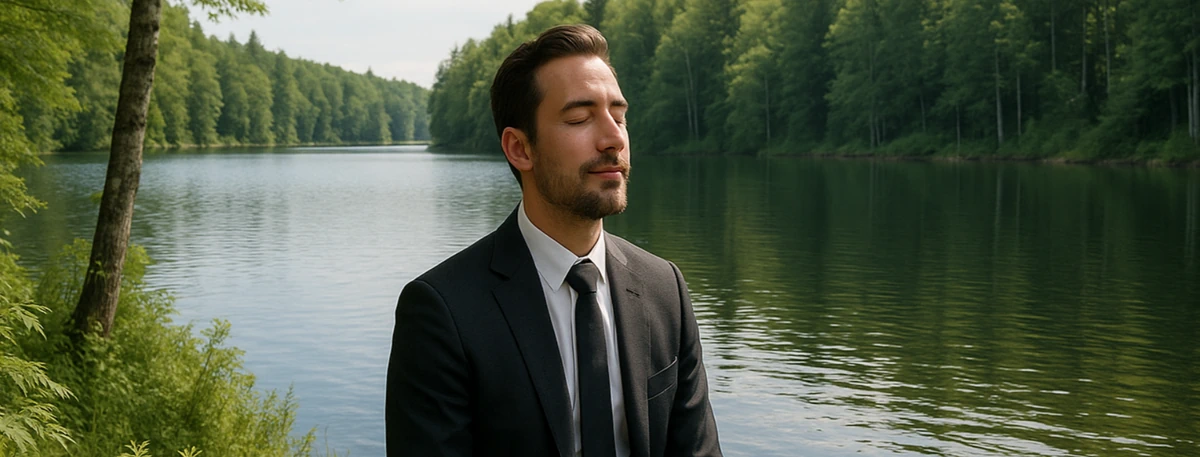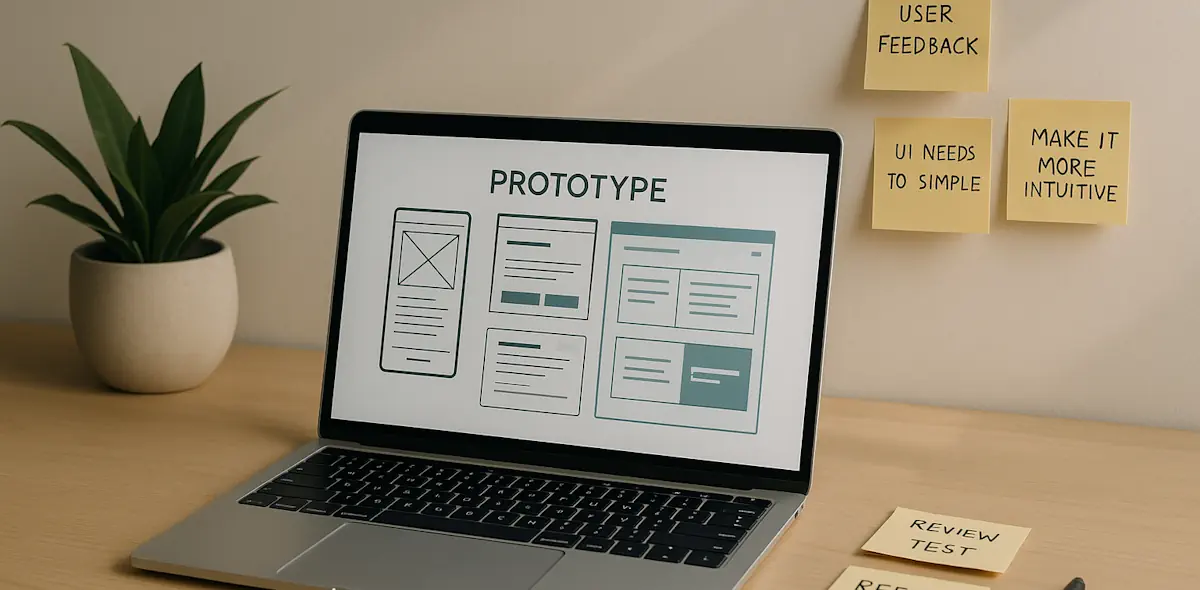The Case for Real Time Off
Hard data on why our vacation-averse culture is counterproductive, plus how to change it.

Our entire enterprise just shut down for the first week of July. Not a skeleton crew keeping the lights on—everyone. We call it “reboot week,” and it’s a benefit I’ve never encountered at another organization.
While some colleagues traveled and others stayed home, I found myself finally scheduling those appointments I’d been putting off for months. You know, the ones that somehow never fit between meetings and caregiving responsibilities. For me, that destress is relaxing and that was the entire point of the week.
But here’s what struck me: I actually felt guilty taking this mandated time off. Even with explicit organizational permission—no, requirement—to disconnect, part of me worried about falling behind.
That guilt? It’s distinctly American. And according to the research, it’s destroying our teams.
The Hidden Cost of America’s Vacation Problem
Let’s talk financial impact. Employee burnout costs U.S. companies between $4,000 and $21,000 per worker annually. For a company with 1,000 employees, that’s roughly $5 million per year in lost productivity alone.
Annual Cost of Burnout Per Employee
The breakdown gets worse:
- Burned-out employees cost $3,400 out of every $10,000 in salary due to disengagement
- Replacement costs run 1.5-2 times the departing employee’s salary
- Healthcare spending from workplace burnout reaches $125-190 billion annually in the U.S.
Meanwhile, the research on vacation ROI tells a different story. Teams that take regular time off show measurable improvements in focus, creative problem-solving, and decision-making quality. The mental health benefits alone can last up to six weeks after returning to work.
How America Compares Globally
The contrast with other developed economies reveals our competitive disadvantage:
These aren’t just statistics—they represent millions of professionals who’ve normalized exhaustion as the price of success. In tech specifically, 44-57% of workers report significant burnout, with Gen Z professionals hitting 56% compared to just 25% of Boomers.
What Real Time Off Actually Delivers
Studies consistently show that even short breaks deliver measurable improvements:
Mental Health Restoration: Taking time off reduces stress hormones and interrupts the cycle of chronic work stress. The benefits can last up to six weeks after returning to work.
Productivity Gains: Teams that take regular time off show higher focus and creative problem-solving abilities. The anticipation of a vacation alone boosts mood and performance.
Physical Health: Regular time off correlates with better sleep, lower blood pressure, and reduced risk of heart disease.
Yet this doesn’t translate to higher productivity for vacation-deprived teams—quite the opposite. Companies with progressive time-off policies consistently outperform their vacation-phobic competitors in innovation metrics and employee retention.
How America’s Work Culture Compares
The contrast with other developed economies is stark:
Vacation Days by Country
Americans work longer hours, take fewer holidays, and report higher work-related stress than Europeans. The U.S. remains the only advanced economy without mandatory paid vacation, while the EU requires a minimum of 20 working days for all member countries.
Despite working more hours, Americans don’t see proportional gains in output or well-being. More vacation time is actually associated with higher productivity and job satisfaction.
— Harvard Business Review workplace research
The Leadership Reality
Leaders who model healthy time-off behavior create the strongest, most sustainable teams. They take that week for family events not because they have kids to use as “excuses,” but because they understand that restoration isn’t optional—it’s strategic.
The symptoms of vacation-phobic culture are everywhere:
- Teams burning out faster than you can replace them
- Creative solutions becoming rarer as everyone operates in reactive mode
- High-potential employees leaving for organizations with better work-life balance
- Innovation stalling because no one has space to think beyond immediate deadlines
Changing the Culture from Within
If you’re stuck in a vacation-averse environment, you’re not powerless. Research shows employees can drive cultural change through strategic action:
Start with Open Dialogue: Name the problem directly. Use team meetings or one-on-ones to surface the real cost of burnout—turnover, missed deadlines, declining quality.
Model Boundary Setting: Take your vacation days and truly disconnect. Encourage teammates to do the same. Visible behavior change normalizes healthy patterns.
Build Collective Advocacy: Change happens faster when employees unite around shared concerns. Create informal support for colleagues taking time off.
Champion Flexible Options: Push for compressed work weeks, remote work days, or mental health days. Small wins build momentum for larger cultural shifts.
Support Mental Health Initiatives: Advocate for policies that destigmatize taking time for mental health. Open conversations about burnout prevention create psychological safety.
Building Sustainable Organizations
The most effective approach combines top-down policy with grassroots culture change:
Leadership Mandate: Like our “reboot week,” organization-wide time off eliminates the fear of falling behind because everyone disconnects simultaneously.
Manager Training: Teach leaders to recognize burnout symptoms and actively encourage time off. Managers who model healthy behavior create permission for their teams.
Track What Matters: Monitor not just productivity metrics, but restoration indicators—how many days off people actually take, stress levels, and retention rates.
The Competitive Advantage of Rest
Organizations that normalize real time off aren’t being “soft”—they’re being strategic. In a knowledge economy where creativity and problem-solving drive value, exhausted teams are ineffective teams.
Your best people will leave for environments that respect their humanity. Your remaining teams will produce increasingly mediocre work as burnout becomes the norm.
But companies that embrace restoration? They attract top talent, retain institutional knowledge, and consistently outperform their vacation-phobic competitors.
What will you normalize in your organization—exhaustion or excellence through restoration?








